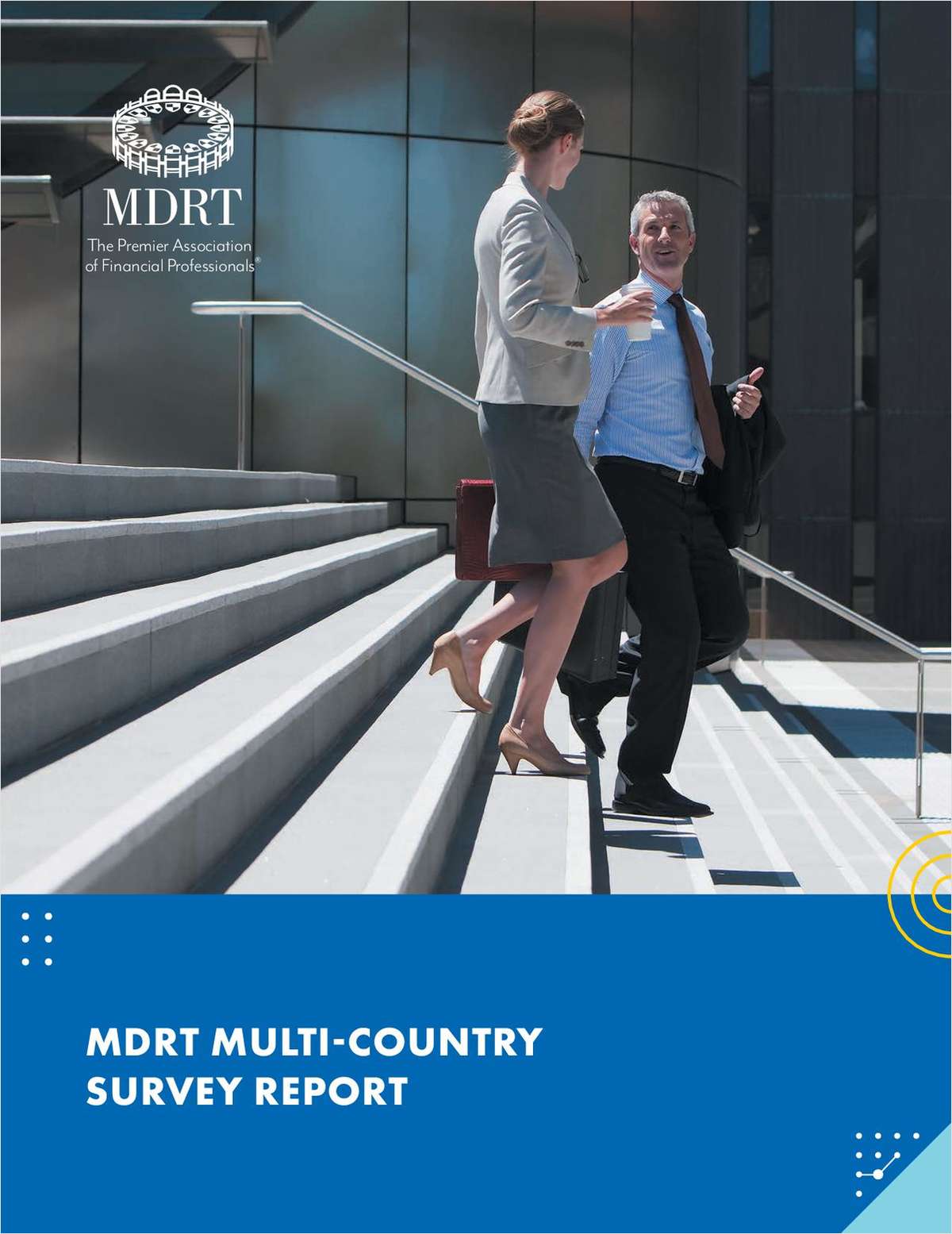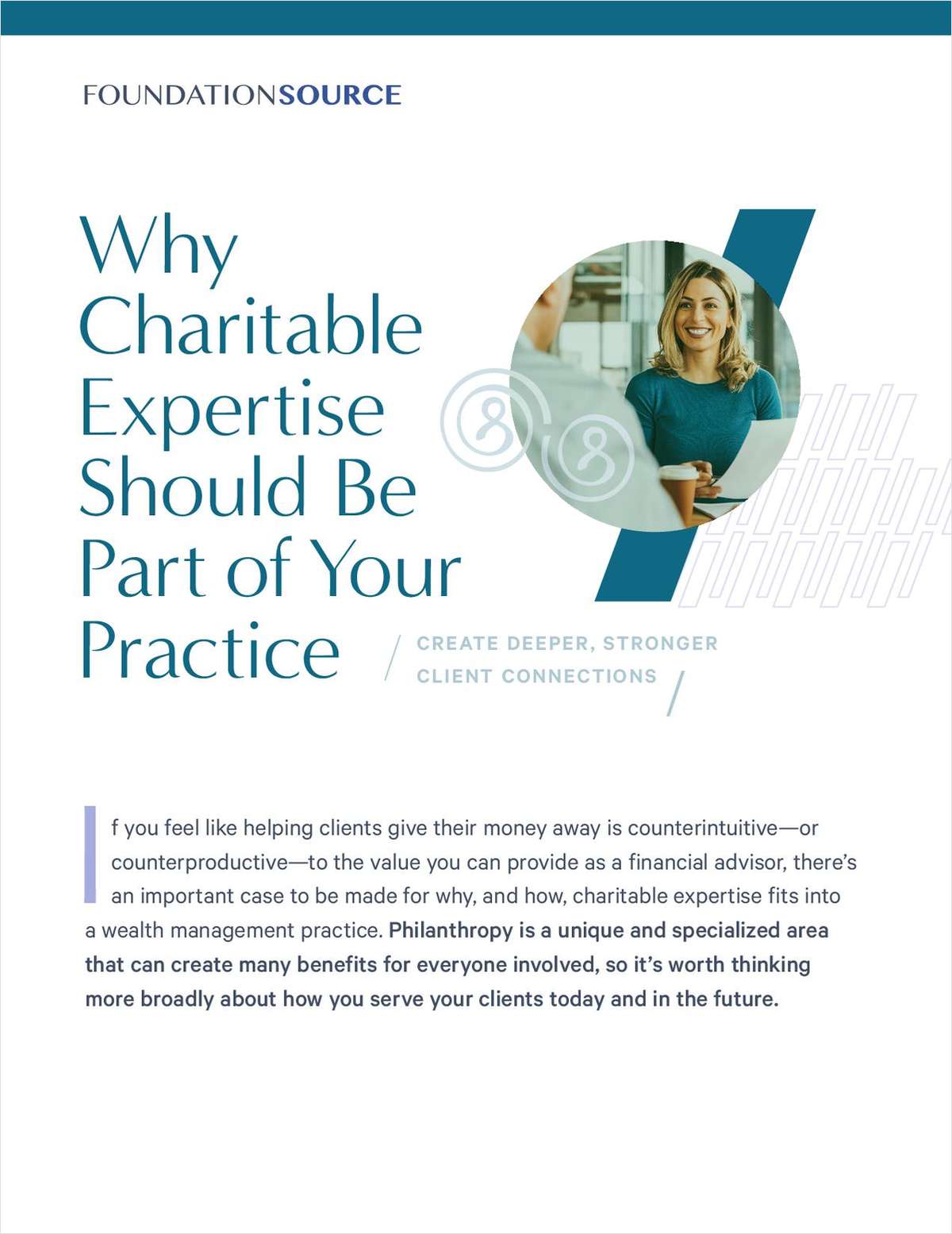Today is the 1,640th day since the Obama Administration recommended that broker investment advice be fiduciary advice. Advisors can be forgiven for feeling worn out by the incessant fiduciary talk and looking for a moratorium on anything fiduciary related.
Before doing so, however, a quick look at November's vote by an advisory group of the SEC is instructive. While heralded as a step forward by some, the vote and comments surrounding it underscore the precarious state and the considerable risk of SEC rulemaking on the fiduciary standard. Five years after Lehman a reset may be in order.
On Nov. 22, the SEC's Investor Advisory Committee (IAC) urged the SEC to proceed with rulemaking requiring that brokers giving investment advice assume fiduciary duties.
Yet questions abound. Given SEC Chair MaryJo White's various statements on the fiduciary topic, rule-making under her watch is not a certainty. More pointedly, the question of whether prospective rulemaking would actually be a net benefit to investors, given overwhelming industry pressures to neuter the fiduciary standard in rulemaking, needs to be addressed.
The IAC recommendation focuses attention on the risks and rewards of rulemaking, and starts by underscoring that the SEC has choices. The SEC may make rules either through the Investment Advisers Act or through Dodd-Frank. Or, critically, the SEC may make no rules at all, and abandon a uniform standard. The IAC recommends "rulemaking under the Investment Advisers Act to narrow the broker-dealer exclusion from the Act."
If the SEC proceeds through the Investment Advisers Act, the key advantage is, the IAC notes, that "there would be minimal risk that existing investor protections would be weakened as a result of efforts to accommodate the broker-dealer business model." In this approach, broker-dealers could simply avoid regulation under the Advisers Act by limiting themselves to the selling products and, critically, "avoiding holding themselves out as advisers or as providing advisory services."
The IAC considers rulemaking under Dodd Frank an inferior, yet viable, option. Inferior because Dodd Frank's language "poses some significant implementation challenges." The heart of these challenges is reconciling Dodd Frank's permissiveness of certain broker practices—such as earning commissions and selling proprietary products—as not presumptively fiduciary breaches, with the Dodd Frank requirement that the standard be "no less stringent" than the Advisers Act.
It concludes, "Depending on how certain of these provisions are interpreted and enforced… such an approach could result in a significant weakening of the existing Advisers Act standard." Thus the IAC insists this option include "an enforceable principles-based obligation to act in the best interest" of clients, to ensure that, consistent with the Dodd Frank mandate, "the standard is no weaker than the existing Advisers Act standard."
The Institute for the Fiduciary Standard supports the IAC recommendation on rulemaking through the Advisers Act, yet it also underscores again, as it has before, the risk of rulemaking through Dodd Frank given SIFMA's seat at the table and blunt views on what it believes fiduciary conduct should mean.
We are counseled throughout life to pick our partners wisely. The (unstated) practicality in 2013 is that rulemaking through Dodd Frank requires accepting SIFMA as a "partner" at the table, and one who is holding some pretty good cards. The associated risk of this practicality is large and far too great to justify whatever a sober analysis suggests is the potential reward.



